The world of tortoises is one of remarkable longevity, ancient lineage, and surprising diversity. Often confused with their aquatic cousins, the turtles, tortoises are land dwelling reptiles celebrated for their protective shells and slow, deliberate pace. This guide delves into the fascinating life history, ecology, and conservation of these incredible creatures.
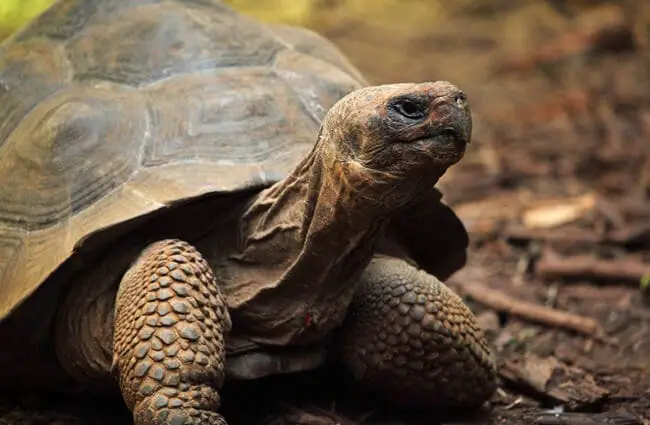
What is a Tortoise? Distinguishing Features
Tortoises belong to the order Testudines, which encompasses all turtles and tortoises. However, several key characteristics distinguish tortoises from other members of this group. The most obvious is their terrestrial lifestyle. Unlike turtles, which are adapted for swimming, tortoises have sturdy, dome shaped shells and elephantine club like feet perfect for walking on land. Their shells provide excellent protection against predators and environmental hazards. These reptiles lack teeth, instead possessing a sharp, keratinized beak used for shearing vegetation.
Anatomy and Physical Adaptations
A tortoise’s shell isn’t just a shield; it’s an integral part of its skeleton. The carapace, the upper portion of the shell, is fused to the vertebrae and ribs, providing a robust framework. The plastron, the underside of the shell, is connected to the carapace by a bony bridge. The shape and color of the shell vary greatly between species, providing camouflage and influencing thermoregulation. Powerful claws on their feet aid in digging, locomotion, and securing grip on various terrains.
Tortoise Habitats and Distribution
Tortoises are found on every continent except Antarctica. Their habitats are incredibly diverse, ranging from arid deserts and grasslands to tropical rainforests and temperate woodlands. Different species have adapted to thrive in specific environments. For instance, the desert tortoise of the southwestern United States survives in extremely hot and dry conditions, while the Galápagos tortoise inhabits the volcanic islands of Ecuador, benefiting from lush vegetation.
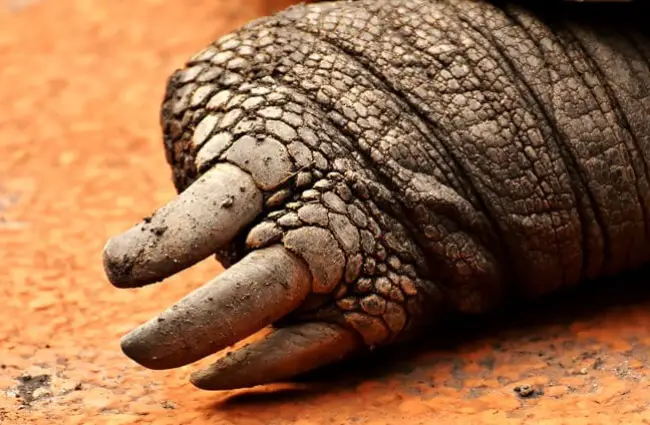
Where to Find Tortoises in the Wild
Finding a tortoise in the wild requires understanding its preferred habitat and behavior. Look for signs like footprints, droppings (often fibrous vegetation), and excavated burrows. Desert tortoises are most active after rainfall, while other species may be more active during cooler parts of the day. Observe cautiously and avoid disturbing their natural environment. In Africa, spurred tortoises can be found in grassy savannas, while the pancake tortoise of southern Africa prefers rocky outcrops.
The Evolutionary History of Tortoises
The evolutionary history of tortoises stretches back over 200 million years, to the Triassic period. Early ancestors of modern tortoises were likely semi aquatic, gradually adapting to terrestrial life over millions of years. Fossil evidence reveals that gigantic tortoises once roamed the Earth, with some species reaching impressive sizes. The evolution of the shell is considered a pivotal adaptation, providing protection from predators and allowing tortoises to colonize a wide range of habitats. The Galápagos tortoises, famously studied by Charles Darwin, played a crucial role in the development of his theory of evolution by natural selection.
Diet and Feeding Habits
Tortoises are primarily herbivores, with their diet consisting of grasses, leaves, flowers, fruits, and occasionally cacti. The specific composition of their diet varies depending on the species and the available vegetation in their habitat. Desert tortoises are known to store water in their bladder to survive prolonged periods of drought. Some species, like the leopard tortoise, exhibit opportunistic feeding behavior, consuming a wider range of plant material. Proper nutrition is vital for growth, reproduction, and overall health.
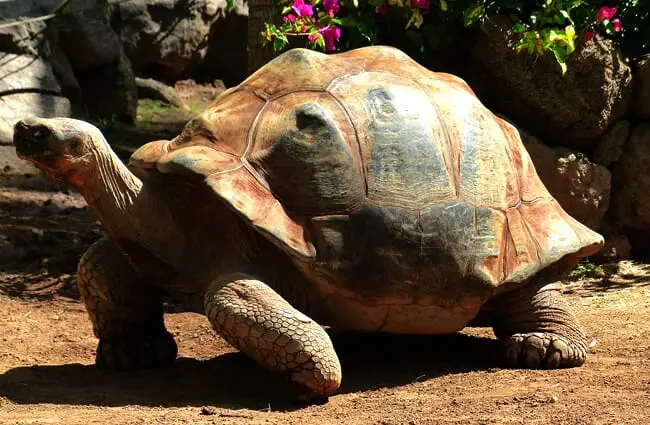
Providing a Proper Diet in Captivity
For captive tortoises, a varied diet mirroring their natural food sources is crucial. This should include a base of grasses and leafy greens, supplemented with fruits, vegetables, and a calcium supplement to ensure healthy shell development. Avoid feeding tortoises animal protein or processed foods, as these can lead to health problems.
Mating, Reproduction, and Life Cycle
Tortoise mating rituals can be elaborate, involving vocalizations, head bobbing, and shell ramming. Males often compete for the attention of females. After mating, females dig a nest and lay a clutch of eggs, typically burying them in a warm, sheltered location. The number of eggs varies depending on the species. Incubation time ranges from several weeks to several months, depending on temperature. The sex of hatchlings is often determined by incubation temperature, warmer temperatures typically produce females while cooler temperatures produce males. Tortoises are renowned for their longevity. Some species can live for over 100 years, and the oldest known tortoise, Jonathan, is estimated to be over 190 years old.
Ecological Role and Interactions
Tortoises play a vital role in their ecosystems. As herbivores, they help shape vegetation communities by controlling plant growth. They also contribute to seed dispersal by consuming fruits and excreting seeds in different locations. Their burrows provide shelter for other animals, creating microhabitats that support biodiversity. Tortoises interact with various other animals, including predators like birds of prey, mammals, and reptiles. They also serve as prey for some species.

Tortoises and Humans: A Complex Relationship
Throughout history, tortoises have held cultural significance in various societies. They are often symbols of longevity, wisdom, and resilience. They feature prominently in mythology, folklore, and art. However, tortoises also face numerous threats from human activities, including habitat loss, hunting, and the pet trade. Many tortoise species are now listed as endangered or vulnerable.
Conservation Efforts and What You Can Do
Conservation efforts are crucial to protect tortoise populations. These include habitat restoration, anti-poaching measures, and captive breeding programs. Supporting sustainable practices, reducing your carbon footprint, and avoiding the purchase of illegally traded tortoises can also make a difference. If you encounter a tortoise in the wild, observe it from a distance and avoid disturbing its natural behavior.
Encountering a Tortoise in the Wild: A Guide
If you encounter a tortoise while hiking or exploring, remember these guidelines:
- Observe from a distance. Avoid approaching or handling the tortoise.
- Do not attempt to feed the tortoise. Human food can be harmful.
- Do not remove the tortoise from its habitat.
- If the tortoise appears injured or ill, contact your local wildlife rehabilitation center.
- Report any signs of illegal activity, such as poaching or habitat destruction.
Caring for Tortoises in Captivity: A Zookeeper’s Perspective
Providing proper care for captive tortoises requires specialized knowledge and commitment. Key considerations include:
- Spacious enclosure: Tortoises need ample space to roam and exercise.
- Temperature regulation: Maintaining appropriate temperature gradients is vital.
- UVB and UVA lighting: Essential for vitamin D3 synthesis and shell health.
- Humidity control: Maintaining appropriate humidity levels prevents dehydration and respiratory problems.
- Nutritious diet: Providing a varied and balanced diet is crucial.
- Regular veterinary care: Routine checkups and preventative care are essential.
- Enrichment: Providing stimulating activities and environmental variety prevents boredom and promotes well‑being.

Fascinating Facts About Tortoises
- Some tortoise species can hold their breath for extended periods when submerged.
- Tortoises have a remarkable sense of smell, which they use to locate food and mates.
- Their shells are covered in keratin, the same material that makes up human fingernails.
- Giant tortoises of the Galápagos Islands can weigh over 500 pounds.
- Desert tortoises can survive for months without access to water.
- The pancake tortoise can flatten its shell to squeeze into rock crevices.
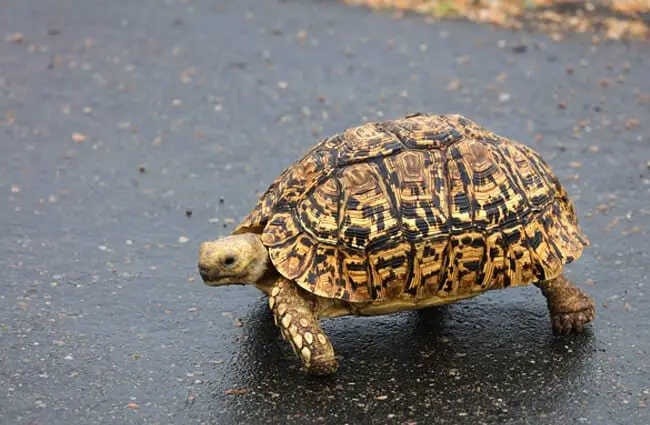
Tortoises are truly remarkable creatures, embodying resilience, longevity, and adaptation. Understanding their biology, ecology, and conservation status is essential for ensuring their survival for generations to come. By appreciating these gentle giants and actively participating in conservation efforts, we can help safeguard their future and preserve their place in the world’s biodiversity.

![Red Angus Closeup of a beautiful Red Angus cowPhoto by: U.S. Department of Agriculture [pubic domain]https://creativecommons.org/licenses/by/2.0/](https://animals.net/wp-content/uploads/2020/03/Red-Angus-4-238x178.jpg)
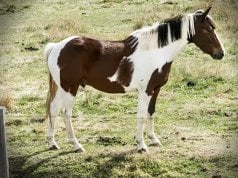
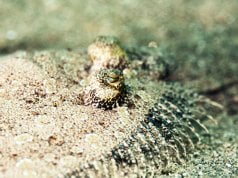
![Red Angus Closeup of a beautiful Red Angus cowPhoto by: U.S. Department of Agriculture [pubic domain]https://creativecommons.org/licenses/by/2.0/](https://animals.net/wp-content/uploads/2020/03/Red-Angus-4-100x75.jpg)

